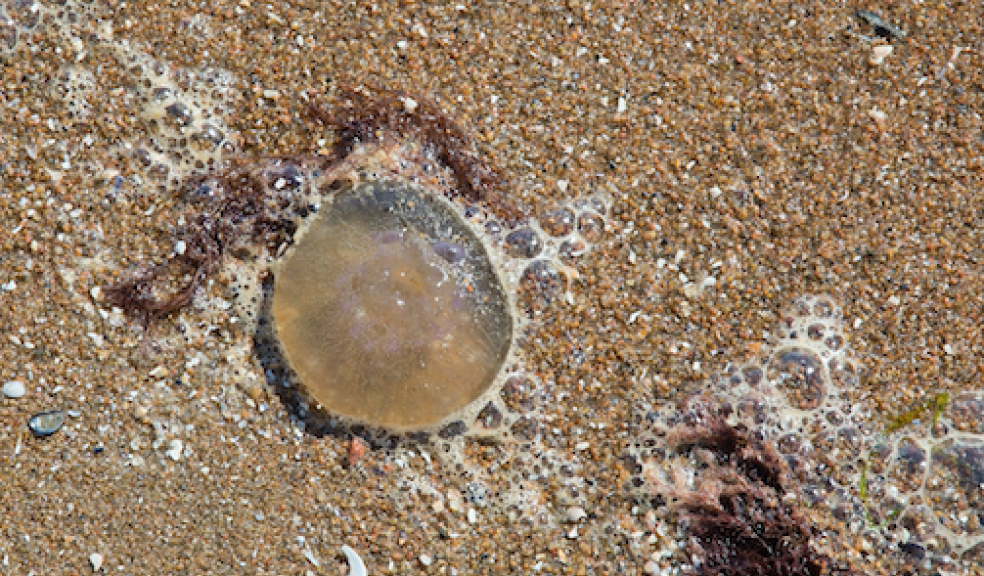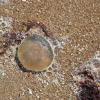
Jellyfish blooming in warmer SW waters
The Marine Conservation Society (MCS), the UK’s leading marine charity, says the number of jellyfish blooms- when jellies mass together - in UK coastal waters is on the increase as our seas start to warm up.
Every summer hundreds of reports of jellyfish sightings are made to the MCS National Jellyfish Survey – now in its 14th year. The survey is providing valuable information about where and when jellyfish occur in UK seas amid global reports of a rise in jellyfish numbers.
Sightings of blue and moon jellies are starting to pick up as the waters around the UK warm up, with mass strandings of both species in South West England and Wales.
Dr Peter Richardson, Head of Biodiversity and Fisheries at the Marine Conservation Society said “There’s evidence that jellyfish numbers are increasing in some parts of the world, including UK seas. Some scientists argue that jellyfish numbers increase and then decrease normally every 20 years or so, however, others believe and these increases are linked to factors such as pollution, over-fishing and possibly climate change. The MCS jellyfish survey helps provide some of the information we need to understand more about these ancient creatures.”
Jellies to look out for in UK waters:
- Moon (Aurelia aurita) - most widespread species, occurring all around the UK coast from May.
- Blue (Cyanea lamarkii) – less common than the moon but can turn up anywhere.
- Barrel (Rhizostoma octopus) - can grow up to 1 metre in diameter and weigh up to 40kgs, totally harmless despite its size and is largely limited to the Irish Sea and adjacent waters to the north. Can be spotted all year round, even in winter, but blooms tend to start in March.
- Lion’s mane (Cyanea capillata) - has the most powerful and painful sting of the UK species. It blooms during the summer but is rarely seen south of the Irish Sea (west coast), or south of Northumberland (east coast), with most reports coming from Scottish waters.
- Compass (Chrysaora hysoscella) – has bizarre compass-like markings and is found throughout the UK coast.
- Mauve stingers (Pelagia noctiluca) - occasionally recorded from the southwest in early spring, but large numbers were reported off Britain’s west coast during November 2007, 2008 & 2009.
- Portuguese Man-of-War (Physalia physalia) – rare in UK waters but MCS received many reports from beaches in south-west England in the summers of 2007, 2008 and 2009.
“We still know relatively little about jellyfish and what drives changes in their numbers, so reporting even a single one can help. One thing we do know is that Leatherback turtles travel to UK waters to feed on jellyfish and are usually recorded along the west coast of the UK between May and October – this year we’ve already heard of sightings from the south west of England and the Irish Sea,” Says Dr Richardson.














